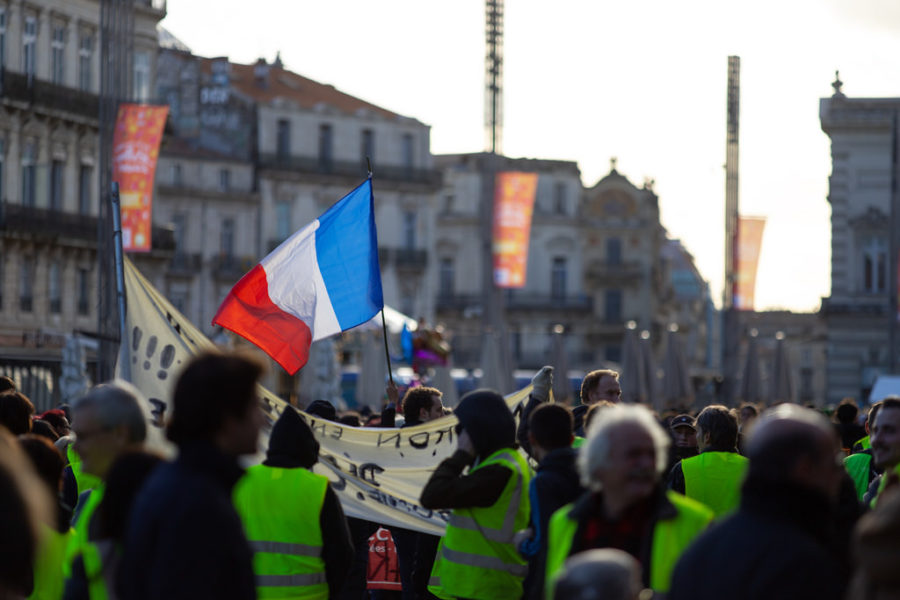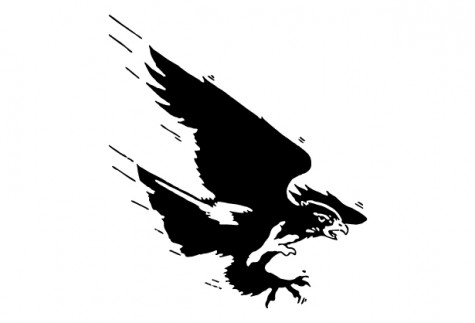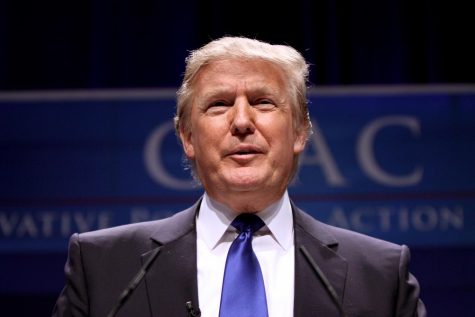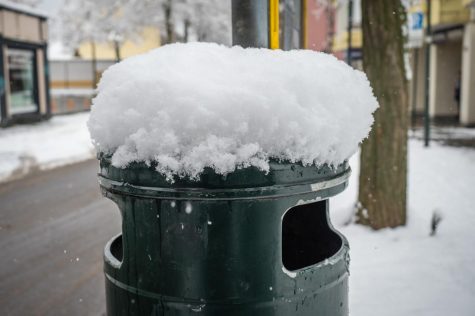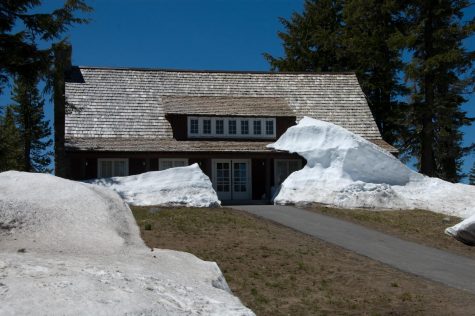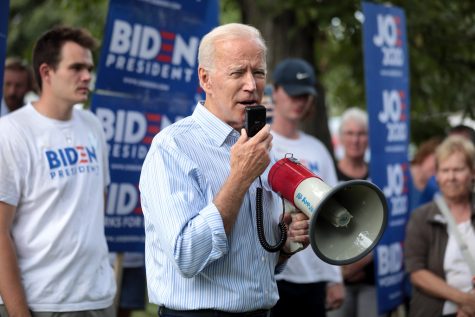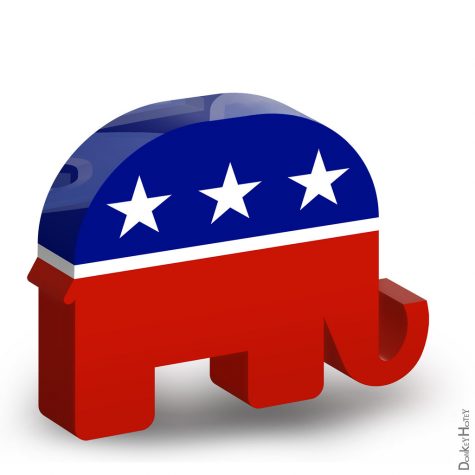The Yellow Jackets
Photo Credit: Valerian Guillot
February 14, 2019
France has a tumultuous history when it comes to submitting to authority. The opinion of the masses towards the government has been changing throughout history. The Gilets Jaunes, or Yellow Jackets, are a diverse group of protesters that have been violently showing their opposition to the French president, Macron. Due to their diverse makeup, the yellow jackets unanimously agree on being anti-politician. No formal leaders have emerged and those who have tried were shut down.
The movement finds its roots in an online movement where a small group of low income, struggling citizens were opposed to a speed limit change. However, this initial outcry posed a threat to no one and was a small flare up to an otherwise insignificant issue. It is unclear what exactly ignited the violence seen in November, but one thing is clear—the years of feeling neglected by the government was unleashed in a fiery wave.
The problems the Yellow Jackets have with the president may seem wide ranging, but the they all feel neglected. This term is almost an understatement of the president’s treatment to the common man. Macron increased fuel prices in his initiative for a greener Earth. He reduced taxes to the wealthy in an attempt to be more business friendly. In general, though, people seem to be unhappy with the lack of change from prior administrations and these adjustments have attracted a variety of criticism against Macron. However, all three reasons have enraged the struggling lower class of France. Despite the public services that the people experience and take for granted, they feel neglected by the government.
The first violent demonstration came in mid-November when the Gilets Jaunes barricaded the streets. Riot police responded with tear gas and rubber bullets. There were several similar protests throughout the month of November. Finally on December 1st, the Yellow Jackets crossed a line. A large scale demonstration on the Arc de Triomphe brought graffiti and vandalism to the historic monument. This prompted the government to call an emergency crisis meeting. However, the problems only seem to grow for Macron as students have begun to revolt, disrupting high schools across the country.
On December 8th, things began heating up as the Yellow Jackets rioted again, except this time they burnt cars and clashed with the police. This came after the Yellow Jackets have refused several meetings for peace and would rather see action. Therefore the government locked down the capital, deployed armored vehicles, and closed the Louvre and the Eiffel Tower. The number of arrested have now reached the thousands while several hundred have reported injuries. At the end of the year, the country is split. Those against the Yellow Jackets have taken to the media to try to ease the tension. Meanwhile, some have written that the Yellow Jackets are ready for a fight. Some even have the audacity to claim that the Yellow Jackets will go to war if prompted.
In 2019, the Yellow Jackets protested again on January 5th. A large demonstration in Paris saw a turnout of thousands. Unlike the protests before, there weren’t as many arrests or injuries. Police intervention resulted in three arrests and four injuries. These protests have been claimed to follow the arrest of the Yellow Jacket’s most recent “leader.” Despite their adverse attitudes to appointing such a leader, Eric Drouet has emerged to be the authoritative figure. He has been arrested and released many times due to protests and is currently not in French custody. The Yellow Jackets have also received the support of Italian prime minister, Luigi de Maio, who has egged them on several times and pushed them to their breaking point.
The French president’s best efforts haven’t seemed to please the Gilets Jaunes’ grievances. Hopefully the violence will calm down soon, but for now there seems to be no foreseeable end to the tension.
